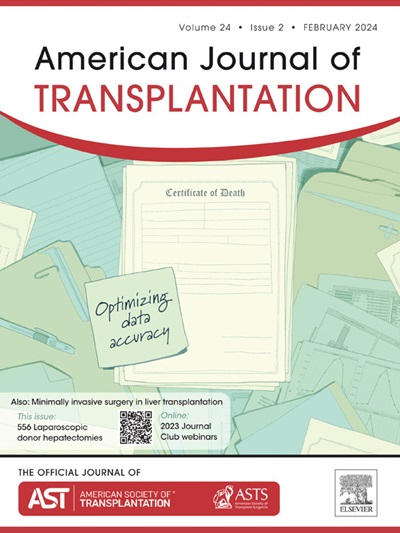管理停止生物时间的新技术:为移植中人体器官的长期生物保存做准备。
IF 8.9
2区 医学
Q1 SURGERY
引用次数: 0
摘要
器官从取回到植入的存活时间限制决定了美国的人体器官移植制度。临床前研究表明,新兴的生物保存技术可以延长器官的存活时间,甚至可以无限期延长。这些技术可将器官移植转变为不受地域或时间限制的预定程序,允许对器官进行评估,并可能对受体进行预处理。然而,由于临床医生和移植中心没有接受过相关工程技术的培训,也不具备评估受控器官的能力,因此需要对长期储存血管化器官并进行再活化的先进生物保存技术的安全性和有效性进行新的监管。虽然食品与药物管理局最适合提供这种过程监督,但该机构迄今为止一直拒绝监督器官质量,并将血管化器官排除在 HCT/Ps 监督框架之外。整合先进的生物保存技术将需要新的器官保存、储存和再活化设施,以及关于器官立即使用与保存、国家分配和中央器官库管理的伦理指导。要实现先进生物保存技术的长期惠益,就必须预先制定必要的法律和伦理监督工具,而这一进程现在就应开始。本文章由计算机程序翻译,如有差异,请以英文原文为准。
Governing new technologies that stop biological time: Preparing for prolonged biopreservation of human organs in transplantation
Time limits on organ viability from retrieval to implantation shape the US system for human organ transplantation. Preclinical research has demonstrated that emerging biopreservation technologies can prolong organ viability, perhaps indefinitely. These technologies could transform transplantation into a scheduled procedure without geographic or time constraints, permitting organ assessment and potential preconditioning of the recipients. However, the safety and efficacy of advanced biopreservation with prolonged storage of vascularized organs followed by reanimation will require new regulatory oversight, as clinicians and transplant centers are not trained in the engineering techniques involved or equipped to assess the manipulated organs. Although the Food and Drug Administration is best situated to provide that process oversight, the agency has until now declined to oversee organ quality and has excluded vascularized organs from the oversight framework of human cells, tissues, and cellular-based and tissue-based products. Integration of advanced biopreservation technologies will require new facilities for organ preservation, storage, and reanimation plus ethical guidance on immediate organ use versus preservation, national allocation, and governance of centralized organ banks. Realization of the long-term benefit of advanced biopreservation requires anticipation of the necessary legal and ethical oversight tools and that process should begin now.
求助全文
通过发布文献求助,成功后即可免费获取论文全文。
去求助
来源期刊
CiteScore
18.70
自引率
4.50%
发文量
346
审稿时长
26 days
期刊介绍:
The American Journal of Transplantation is a leading journal in the field of transplantation. It serves as a forum for debate and reassessment, an agent of change, and a major platform for promoting understanding, improving results, and advancing science. Published monthly, it provides an essential resource for researchers and clinicians worldwide.
The journal publishes original articles, case reports, invited reviews, letters to the editor, critical reviews, news features, consensus documents, and guidelines over 12 issues a year. It covers all major subject areas in transplantation, including thoracic (heart, lung), abdominal (kidney, liver, pancreas, islets), tissue and stem cell transplantation, organ and tissue donation and preservation, tissue injury, repair, inflammation, and aging, histocompatibility, drugs and pharmacology, graft survival, and prevention of graft dysfunction and failure. It also explores ethical and social issues in the field.

 求助内容:
求助内容: 应助结果提醒方式:
应助结果提醒方式:


